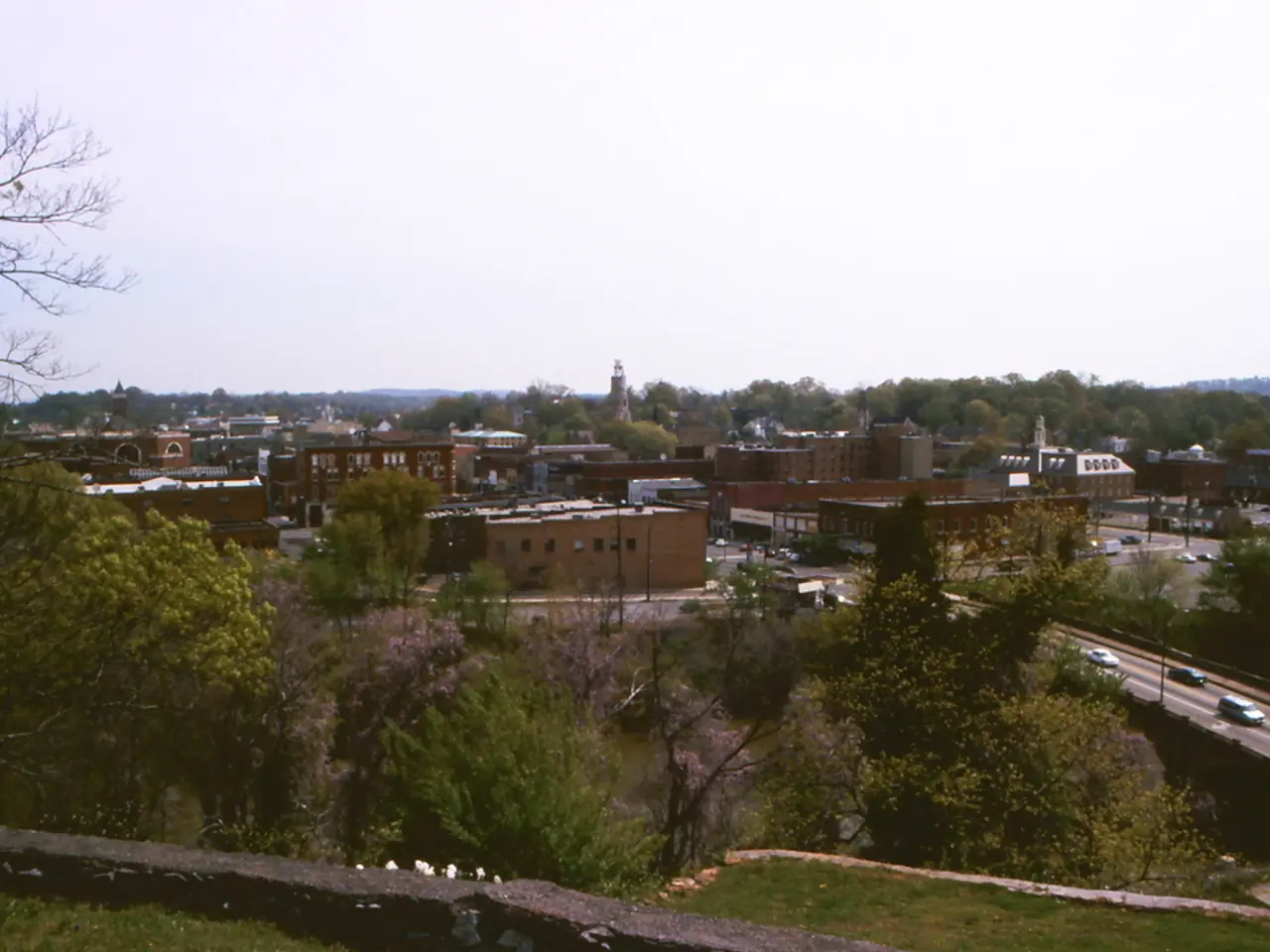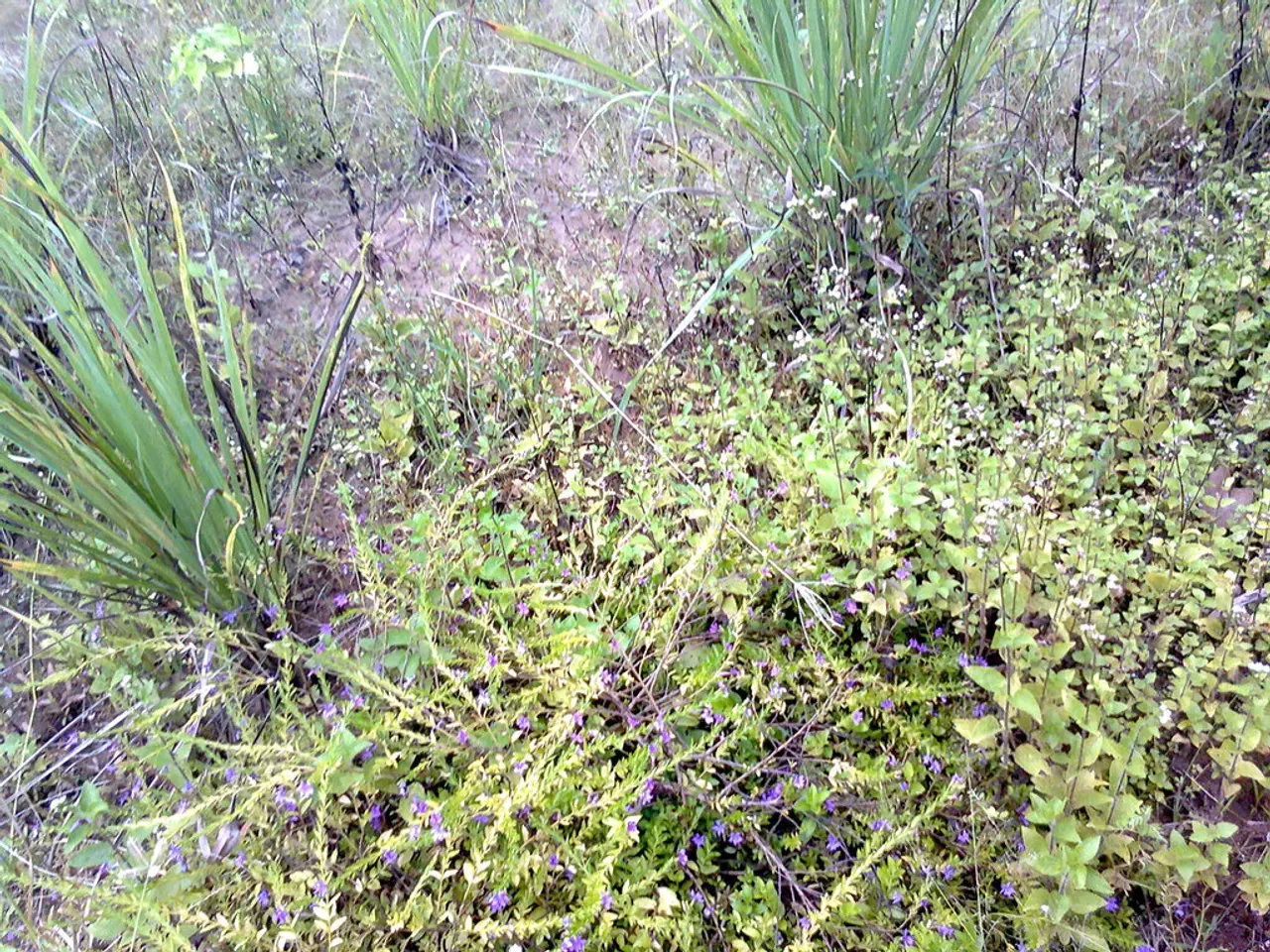Poor Climate Conditions Affect Land Usage in Herne
The Ruhr Regional Association (RVR) has published its 2025 regional environmental report, shedding light on the climate quality values of its member municipalities.
According to the report, the climate quality values vary significantly across the region. Hamminkeln and Breckerfeld boast the highest values, with 85.8% and 86.2% respectively. On the other hand, Herne and Bochum have lower values, with Herne at 58.8% and Bochum at 62.7%.
The poor climate quality values in Herne and Bochum are attributed to their urban character, with a low proportion of green spaces and dense construction. The RVR's land use data from 2019 shows how these factors combine to create challenging urban acoustic and environmental conditions, further impacting urban comfort and liveability.
The report identifies several factors contributing to these poor urban climate conditions. High levels of urban sealing, intensive traffic and transport infrastructure, spatial land use patterns marked by dense industrial and residential areas, and the effects of climate change are all cited as contributors.
Interestingly, the report suggests that the higher climate quality values in Haltern, Hamminkeln, Breckerfeld, Gelsenkirchen, Recklinghausen, Dortmund, Essen, Hagen, and Witten may be due to a higher proportion of green spaces and less dense construction. Essen, for instance, has a climate quality value of 70.3%, while Witten stands at 77.8%.
The report also indicates that the climate quality values of Gelsenkirchen, Recklinghausen, Dortmund, Essen, Hagen, and Witten are higher compared to Herne and Bochum. Gelsenkirchen has a climate quality value of 68.5%, while Recklinghausen stands at 65.6%. Dortmund and Hagen have values of 71.2% and 76.1% respectively.
The report combines the climate quality of individual municipalities into an overall average, taking into account the respective area size. The report, however, does not include any climate quality values for other municipalities outside the RVR's member municipalities.
The RVR's findings underscore the importance of green spaces and urban planning in maintaining a healthy and livable urban environment. The report serves as a call to action for city planners and policymakers to prioritize green infrastructure and sustainable urban development in their strategies.
In summary, the RVR's 2025 regional environmental report provides valuable insights into the climate quality of its member municipalities. The report highlights the challenges faced by urban areas with low green spaces and dense construction, and the benefits of a more sustainable urban development approach.
- The RVR's 2025 regional environmental report, in its discussion of climate quality values, also touches upon the role of science, particularly environmental science, in understanding and addressing urban climate conditions.
- As the report emphasizes the importance of green spaces and sustainable urban development for health-and-wellness and climate-change mitigation, it encourages the scientific community, including health-and-wellness researchers and climate scientists, to collaborate with city planners and policymakers in creating more livable cities.




